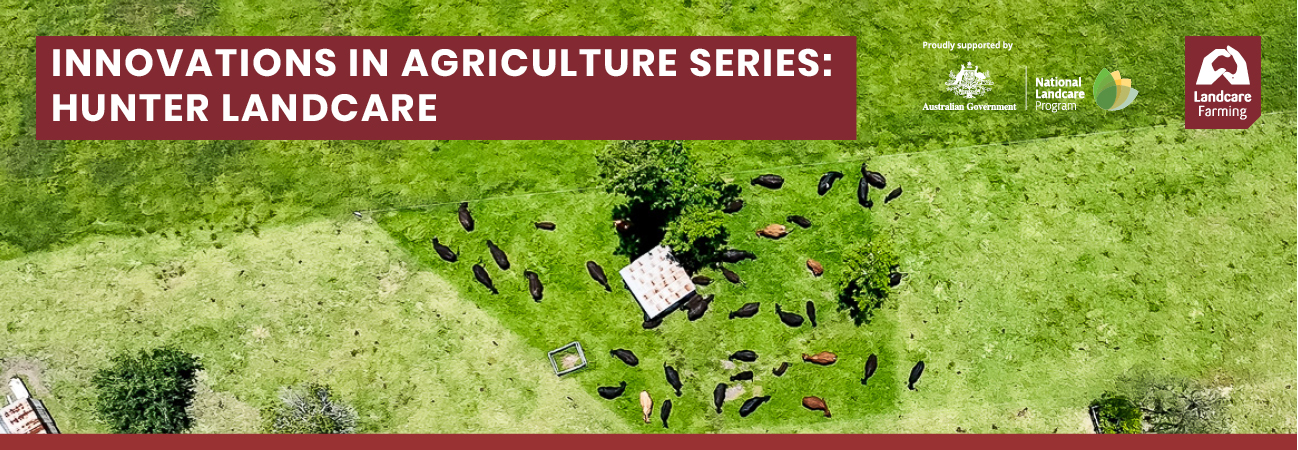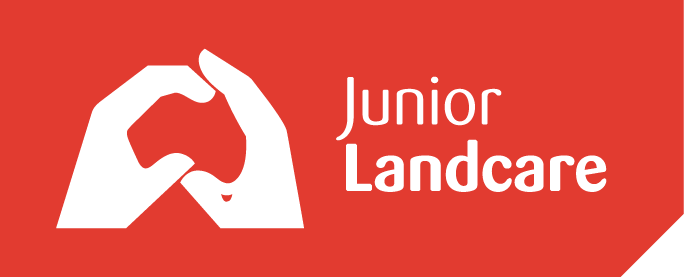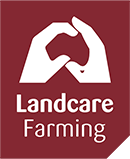
Upper Hunter Farmer’s Whole Farm Transition to Improve Productivity and Profitability
Hunter Valley producer Peter Dreyer has dealt with all extremes of climate since moving into farming in 2019. He started with droughts and most recently battled floods, but he believes changes to his farming system have made his business not just climate resilient but have lowered input costs, improved labour efficiency and seen gains for the environment.
Concerned about rising overheads and high input use Peter Dreyer went searching for a way of taking greater control on his 76ha Gresford, NSW, farm where he runs a beef breeding enterprise.
Peter left city life for farming six years ago in a period of significant drought for the Upper Hunter region. Initially grazing cattle with set stocking rates and heavily relying on irrigation and fertilizers, he struggled with the significant impacts of the dry and high overhead costs.
After attending a local workshop on practical methods to reduce the impact of drought, and following the drought breaking in 2020, Peter’s practice transformation began. In the past three years he has reduced his reliance on external inputs and lowered his on-farm costs with the goal of ensuring his enterprise would be prepared ongoing climactic challenges.
Three related principles underpin Peter’s current farming system:
- Maintaining diverse groundcover with a focus on perennials.
- Improving soil health including through minimizing the use of fertilisers and pesticides; and
- Transitioning to cell grazing to improve animal health and support groundcover.
Working on a smaller property, Peter is able to sow a heavy rate of multispecies groundcover including Chicory, Leafy Turnip (Brassica), Woolypod Vetch, Phalaris, Fescue, Cocksfoot & Ryegrass at approximately 23 kg/ha. Combining his seeding method with cell grazing, each day he seeds the approximately ¼ ha cell his cattle are feeding in, allowing them to naturally trample the seed into the soil.
Using this method, and thanks to good rainfall since the drought, Peter has found the resulting increase in groundcover and increased diversity has improved his grazing system.
“My strategy now is to sow in perennials so that they just keep coming up year after year and then, for a property this size, just supplementing that year on year with a few thousand dollars’ worth of seed,” Peter said.
“By not buying fertilisers, by not spending the money on diesel to spread all those things and to sow, I’ve taken huge costs out of the business.”
Peter’s methods were initially tested during the spring and summer of 2021/22, with the property suffering from a significant flood.
When previously grazing his cattle with set stocking rates during the drought, Peter had dealt with a large number of animals suffering from pinkeye, footrot and three-day sickness, and was concerned that the warm, wet conditions might cause an increase in some of these diseases. However, following his pasture improvement and transition to cell grazing & with the drought breaking, he found that even during the flood, there was a lower incidence of disease.
While these practices allowed Peter to reduce on-farm costs while growing productivity, the transition to cell grazing required significant start-up costs, with $7,000 invested in fencing. Peter also found there was a tradeoff between farm inputs and the time required to put in the work-on farm.
Peter spends up to an hour and a half a day setting up and moving cattle through his grazing system, and is required to mulch paddocks at least once a year. To improve efficiency on the farm and further reduce costs, he is now looking to reduce his mulching requirements and streamline his current cell grazing process.
Soil Testing
With the support of Hunter LLS Senior Land Services Officer, Col Freeman, Peter took a baseline test of his soil quality following his transition to cell grazing. The property has very dark soil which is common for the Upper Hunter. Testing with a penetrometer found aggregates and organic matter only extended 25mm deep. With the root systems of groundcover on Peter’s farm being relatively shallow, Peter’s goal is to increase the volume of alluvial soil accessible to root structures, thereby improving water retention as well as the quality and growth of his grass. He aims to do this by continuing to focus on managing grazing pressure through cell grazing and maintaining diverse groundcover.
Links:
This case study was produced as part of the Landcare Farming Innovations in Agriculture Series. Supported by the Australian Government’s National Landcare Program, the Landcare Farming Innovations in Agriculture Series is managed in partnership by Landcare Australia and the National Landcare Network.
Upper Hunter Farmer’s Whole Farm Transition to Improve Productivity and Profitability Episode 1
Upper Hunter Farmer’s Whole Farm Transition to Improve Productivity and Profitability Episode 2
Upper Hunter Farmer’s Whole Farm Transition to Improve Productivity and Profitability Episode 3



